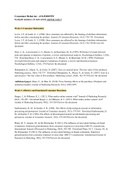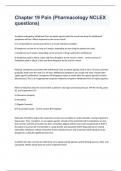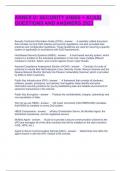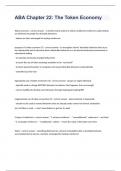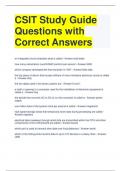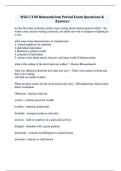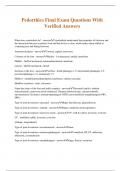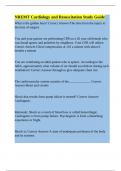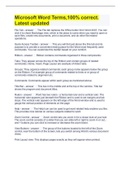Samenvatting
Summary Consumer Behaviour - 6314M0159Y Article Summaries
- Instelling
- Universiteit Van Amsterdam (UvA)
The document includes the summaries of all the articles for the course starting from week 2. It also includes a summary for the additional article each week. Final grade: 8.2
[Meer zien]
